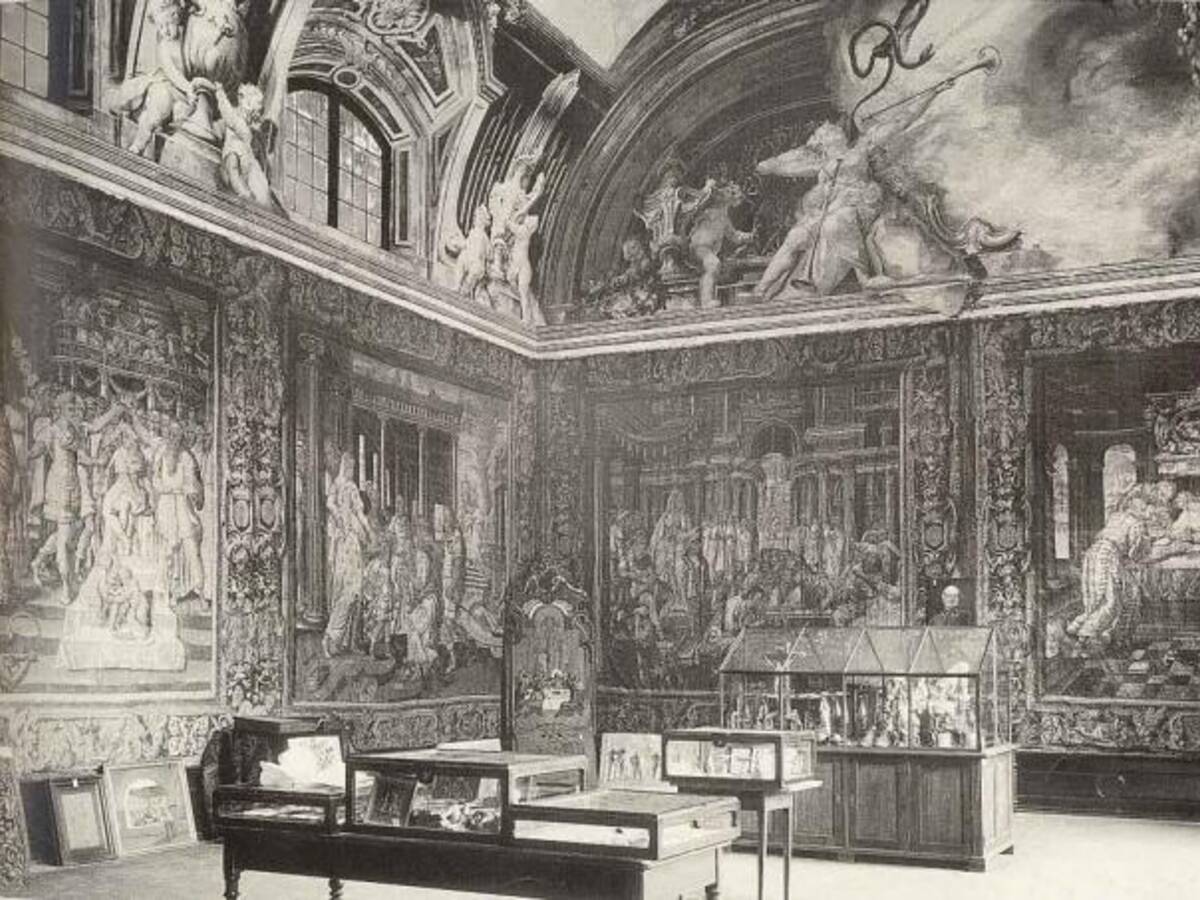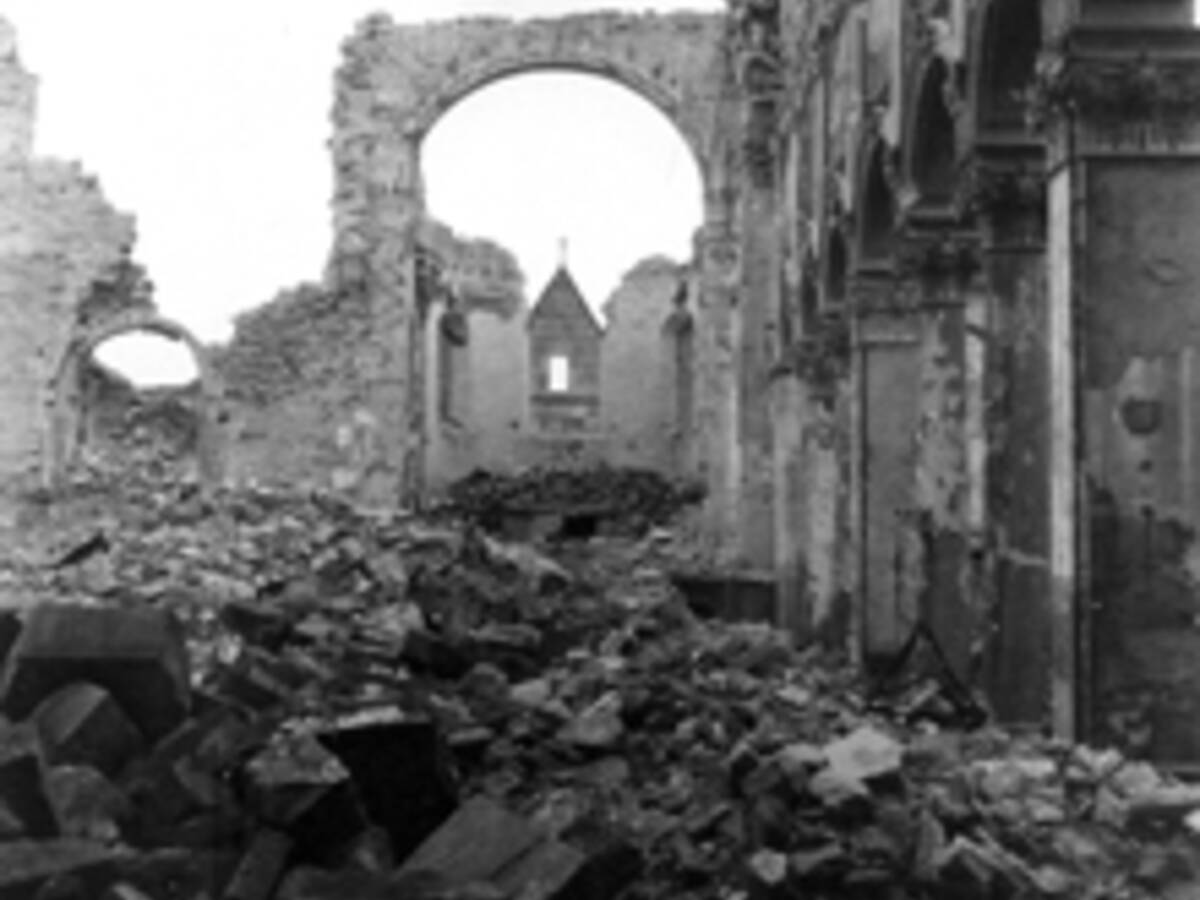The Hildesheim Cathedral Museum preserves one of the world's most important collections of sacred art: the Hildesheim Cathedral Treasure, which is a UNESCO World Heritage Site.
The cathedral already had several treasure chambers in the Middle Ages, where the valuable altarpieces and reliquaries were kept and sometimes shown to distinguished visitors. With targeted purchases and extensive donations of medieval treasures from secularised monasteries and foundations in the Hildesheim area, the treasury continued to expand into a museum collection in the 19th century until Bishop Eduard Jakob Wedekin (1796-1870) finally took the initiative to found his own diocesan museum, today's Cathedral Museum.
With the destruction of Hildesheim Cathedral on 22 March 1945, the collection rooms were destroyed. However, the most valuable works of art had been brought to safety before the bombing of the episcopal church and survived the war undamaged. Despite some painful losses, this laid the foundations for the museum to be rebuilt.
However, the cathedral treasury, which opened in 1960, only had space for a small number of the exhibits. This changed in 1978 when additional rooms were added to the former chapter house. Now a larger number of objects could be presented to visitors.
Since 1988, special exhibitions have been held regularly to showcase the Cathedral Museum's extensive collection. Since then, the collection has grown considerably through purchases and permanent loans from churches and institutions of the diocese. Despite limited space, the Cathedral Museum has not only made a name for itself in the following years through the presentation of its own holdings, but also through highly acclaimed and standard-setting special exhibitions such as ‘Bernward of Hildesheim and the Age of the Ottonians’, or ‘Reflection of Heaven. Romanesque Art in Hildesheim’.
The museum was closed in 2010 as part of the renovation of Hildesheim Cathedral. Since then, important works of art from its collection have been on display in exhibitions at various museums, such as the Roemer and Pelizaeus Museum in Hildesheim, the Bode Museum in Berlin and the Metropolitan Museum of Art in New York.
In April 2015, the Cathedral Museum was reopened after almost five years of renovation. Since then, the Cathedral Museum has had significantly more space to make the internationally important cathedral treasury and numerous other exhibits from its collection accessible to the public in a permanent exhibition and in changing special exhibitions.
In the immediate neighbourhood of the cathedral church as a living place of worship and connected to the medieval cloister with its 1000-year-old rosebush, the new cathedral museum combines past and present in a unique way.



